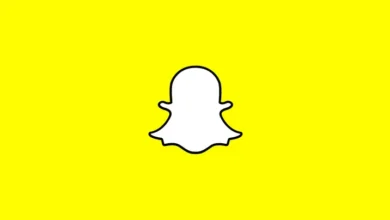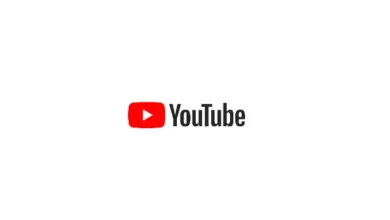TikTok Implements Restrictions on Ads Targeted at Teens, New AI Disclosure Requirements

TikTok has implemented some new restrictions on ads targeted at teens in the app, while it’s also adding more data controls, and updated disclosure elements, in order to improve transparency within its ad targeting process.
The biggest change is an update to its ad targeting options for teens, with advertisers now no longer able to reach teens in the U.S. using personalized targeting and campaign selections.
As per TikTok:
“Advertisers will now only be able to reach teens using a few broad targeting options, such as location, language, and device-related information.”
That’ll ensure that teen user data is not being exploited by advertisers, who could use this to influence their thinking.
Meta implemented the same several years back, in order to ensure teen users are not being targeted, while also limiting the use of personal data from young users.
Now, TikTok’s moving into line, though with around 25% of its audience aged under 20, the impact here could be more significant.
I mean, you can still reach these users based on broader trends, which is a significant driver of general teen engagement either way. But it’s another consideration in your TikTok marketing process.
TikTok’s also giving users more control over their logged interests in the app, which relates to the ad content that they’re shown.
“For example, users can choose to see more or fewer ads related to their interests in “Outdoor Sports” or “Racing Games”. You can view and customize the ad topics that TikTok has identified as relevant to your interests.”
It’s also added a new “Disconnect Advertisers” feature, which enables users to stop future off-TikTok data shared by specific advertisers from being used to serve them personalized ads.
TikTok has also now fully rolled out its “Clear My Activity”, which enables users to disconnect any off-TikTok activity data shared by ad partners that’s associated with their account.
And finally, TikTok’s also adding new AI disclosure requirements for ad partners:
“We’ll now enable advertisers to use a self-disclosure toggle in the TikTok Ads Manager to declare an ad to be AI generated. TikTok app users can identify such commercial content (paid ads) through an AIGC label placed on the ad. “

As you can see in this example, ads that utilize AI will now also need to be labeled as such, in order to comply with TikTok’s new ad rules.
Which is important, considering that TikTok is also looking to enable brands to create their own virtual influencers to sell their products in the app.

Now, these AI avatars, which have been huge in the Chinese market, will need to be labeled as such, which will ensure that users are aware that they’re engaging with a digital persona, not a real person.
And again, following their success in China, TikTok’s hoping that these new AI characters will provide a pathway to boosting shopping activity in the app. Not all Asian market trends translate, however, and it’ll be interesting to see how Western consumers respond to such in stream.
I mean, we have already seen real humans acting like robots gain huge popularity in the app. Will actual robots fare as well?
The new TikTok data control and ad restriction updates went into effect on July 1st.




